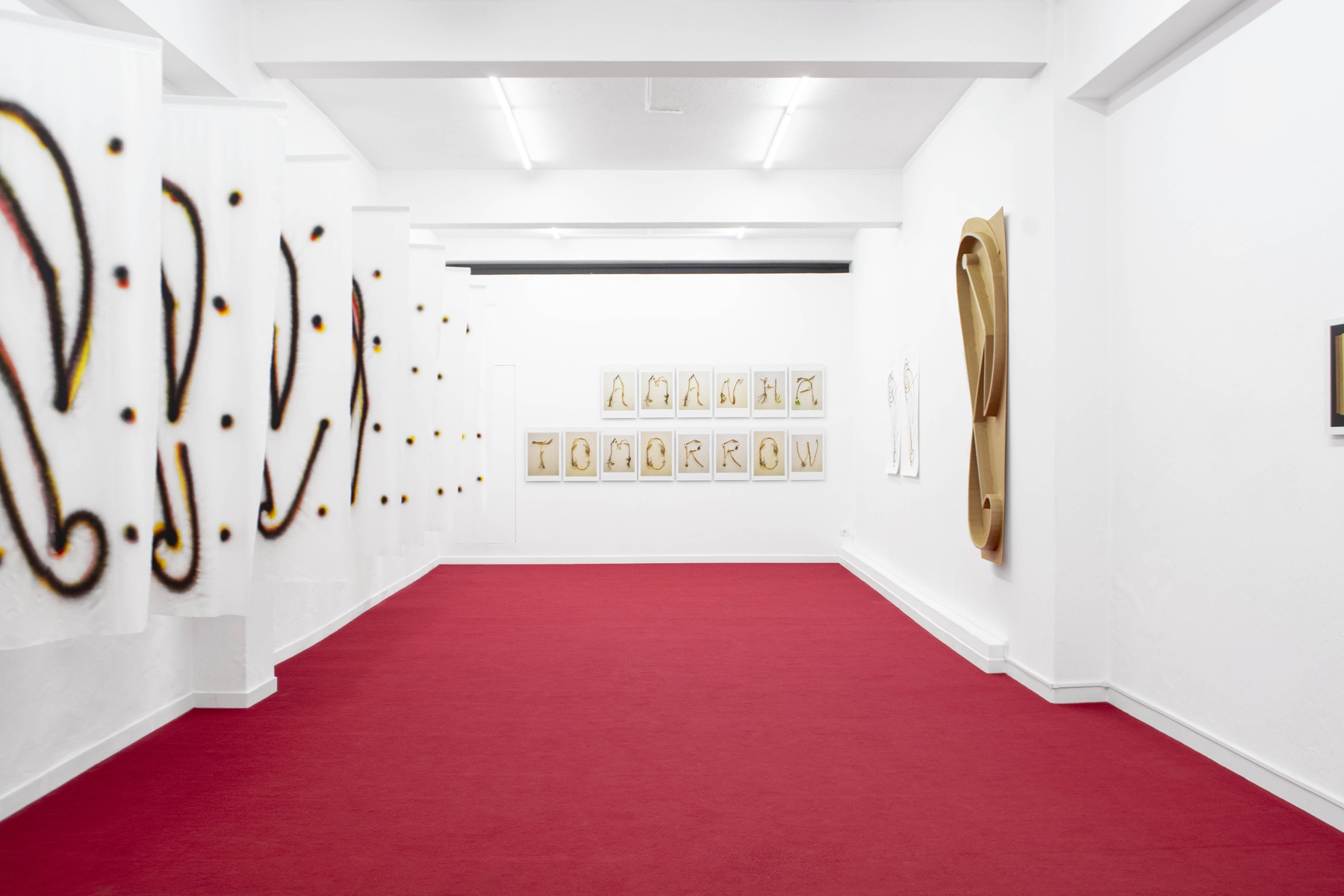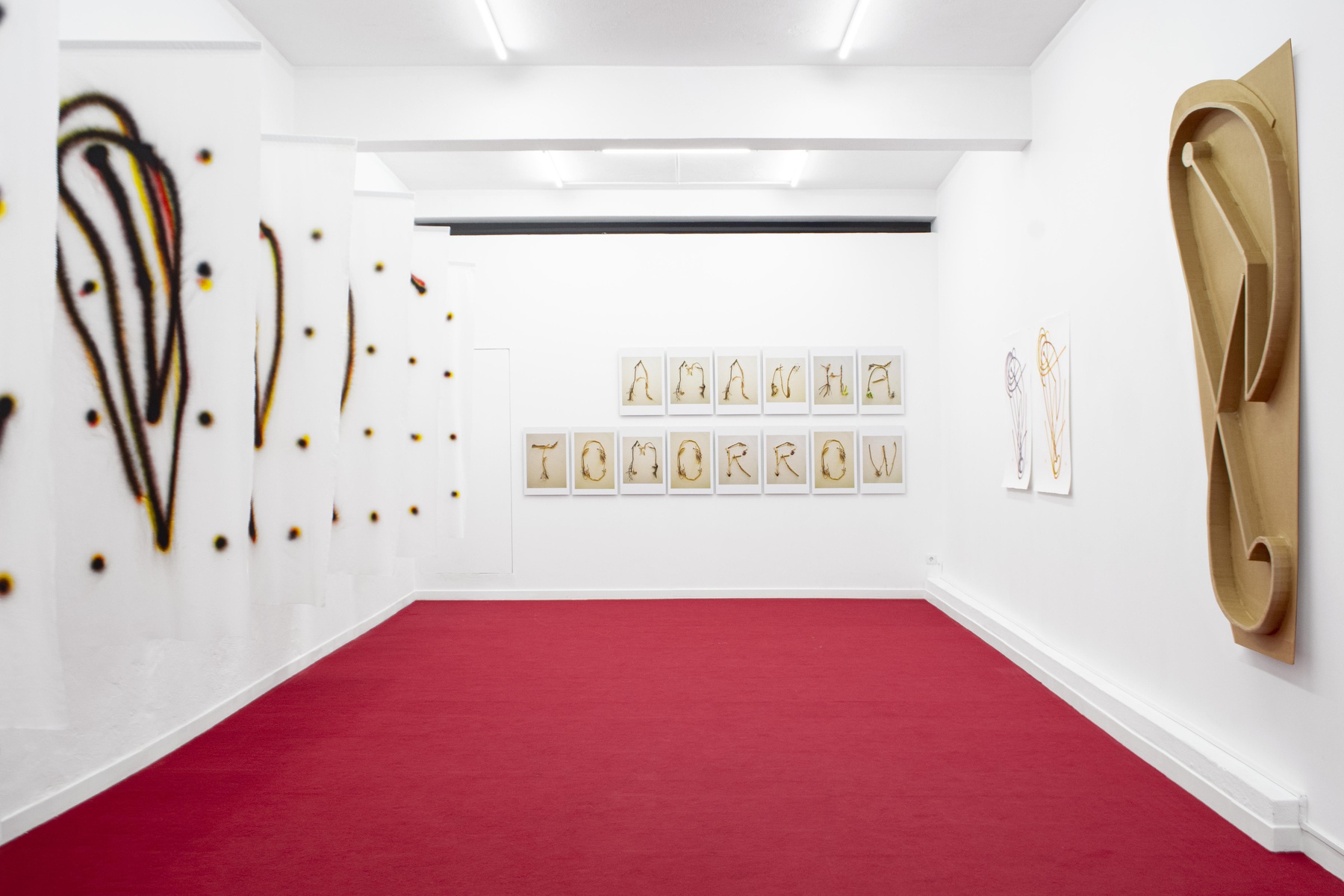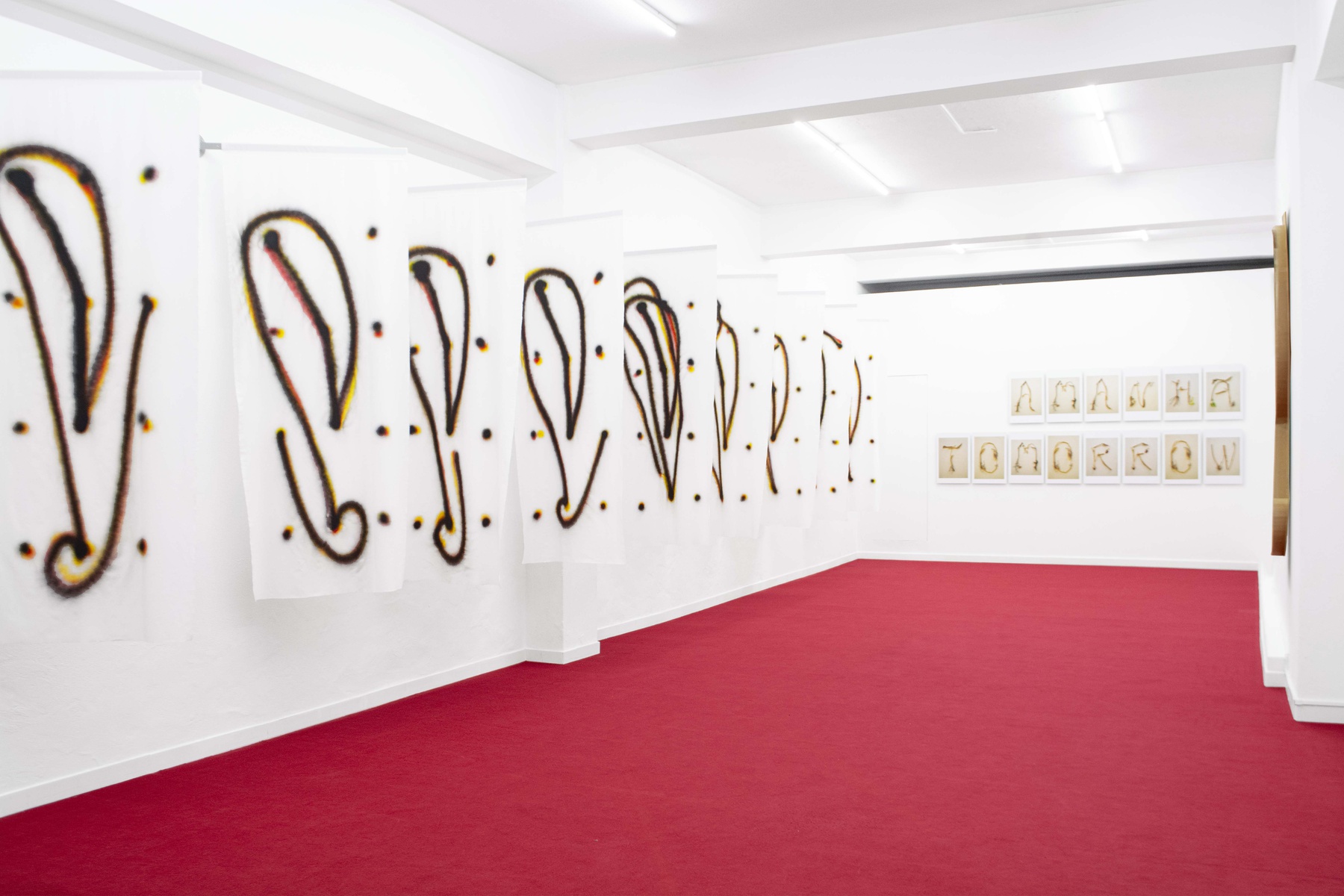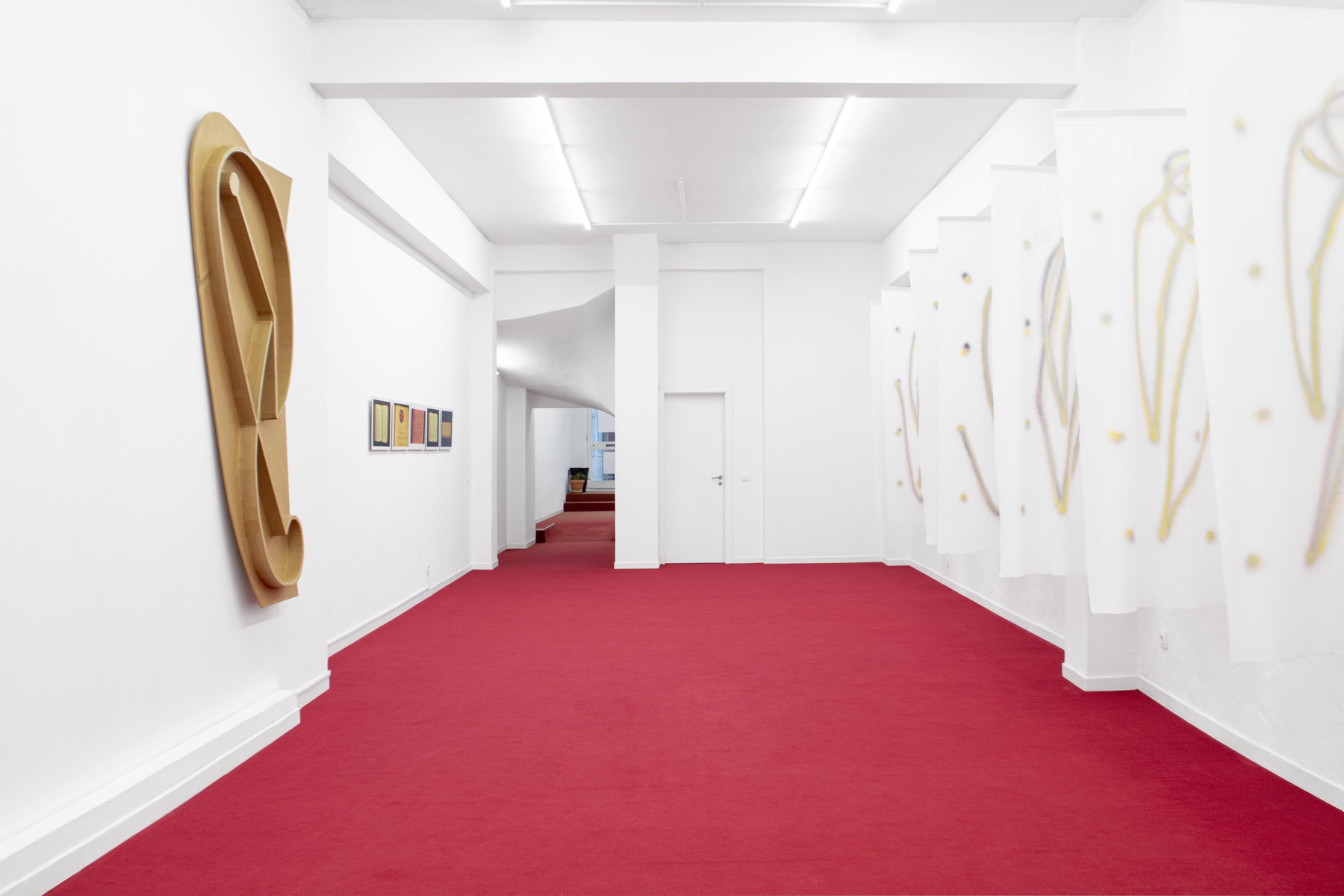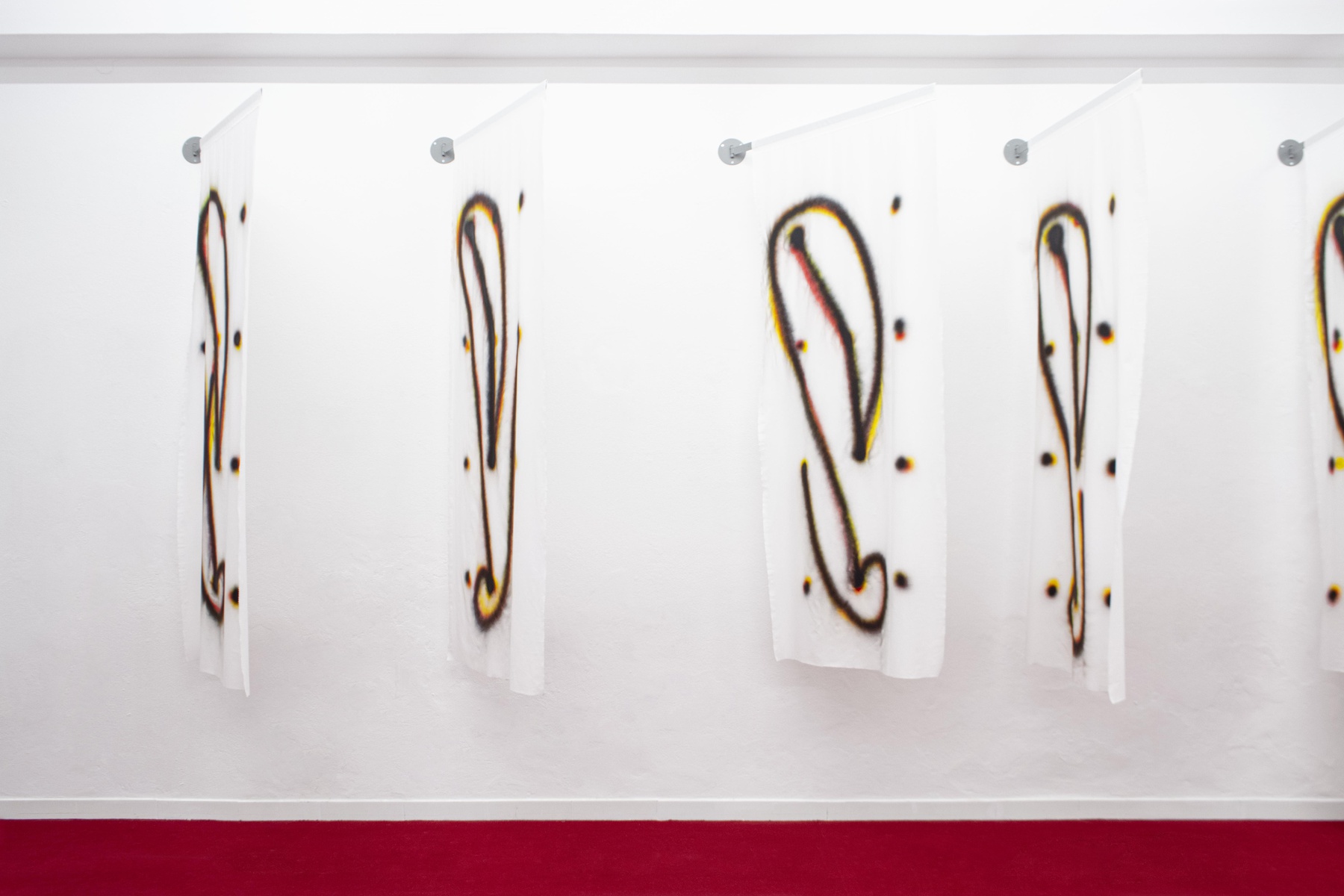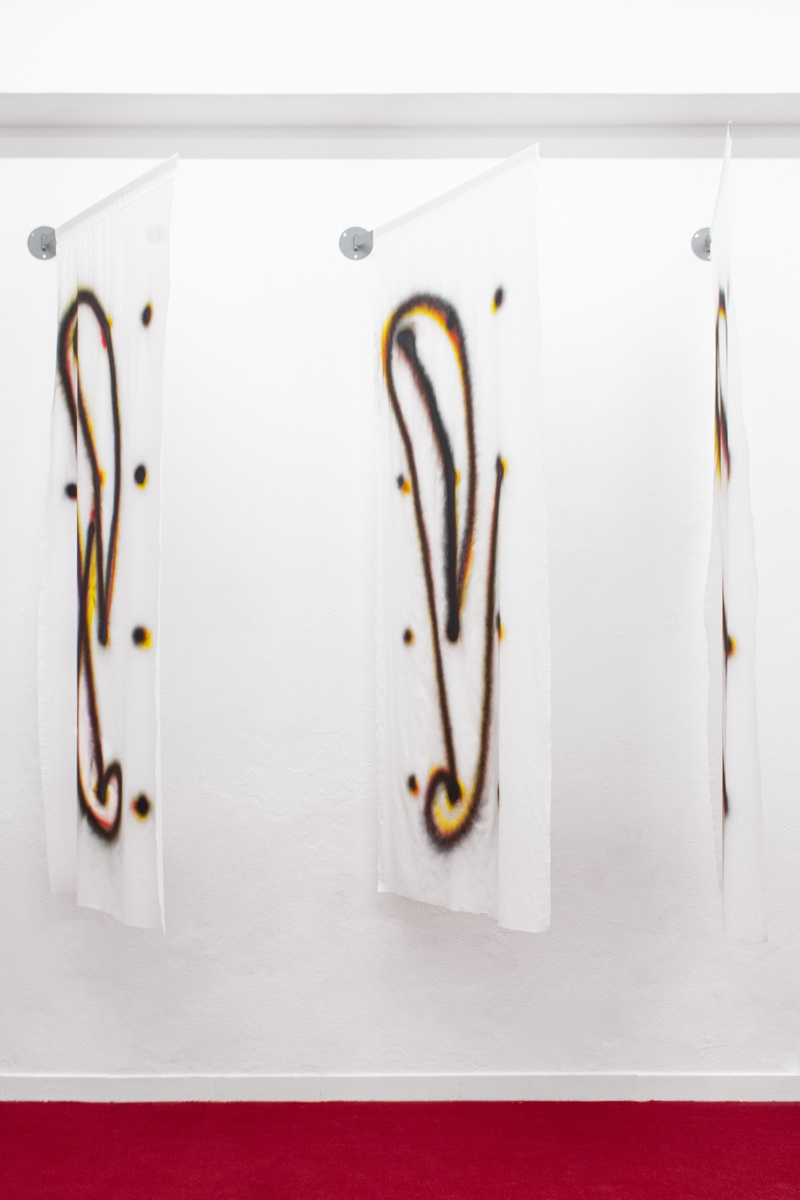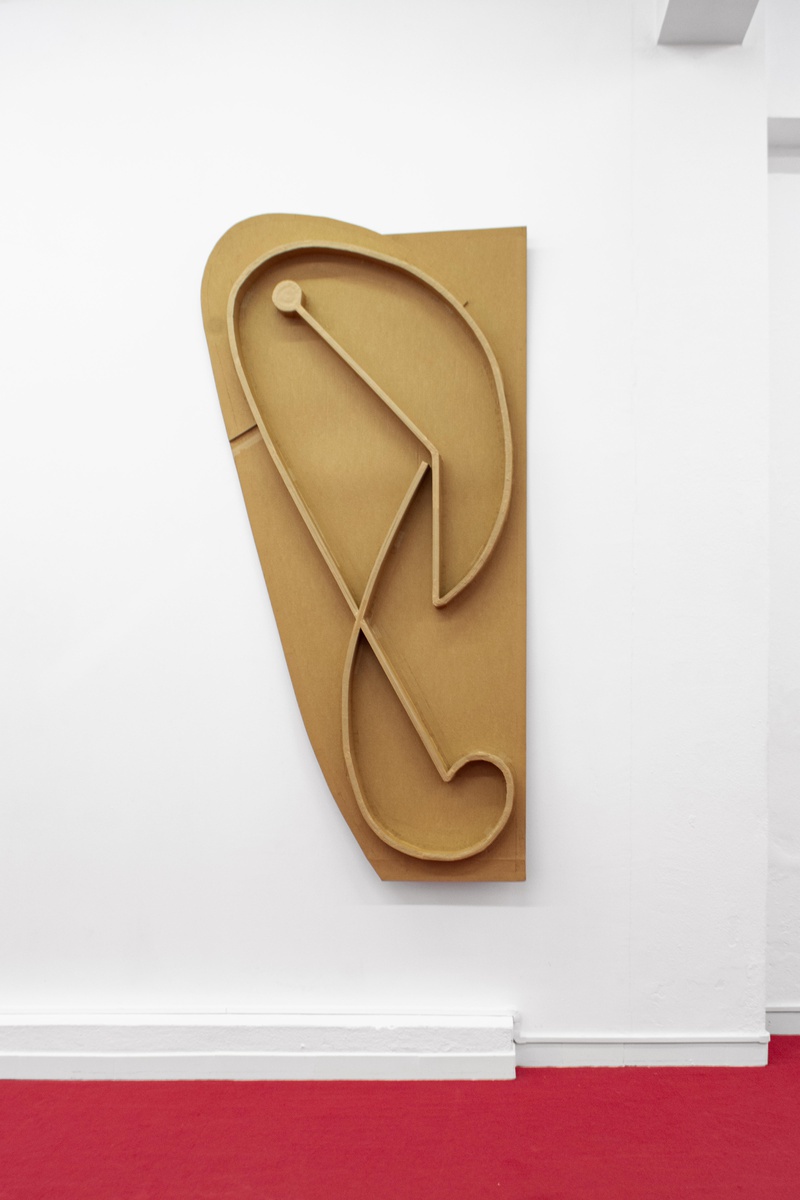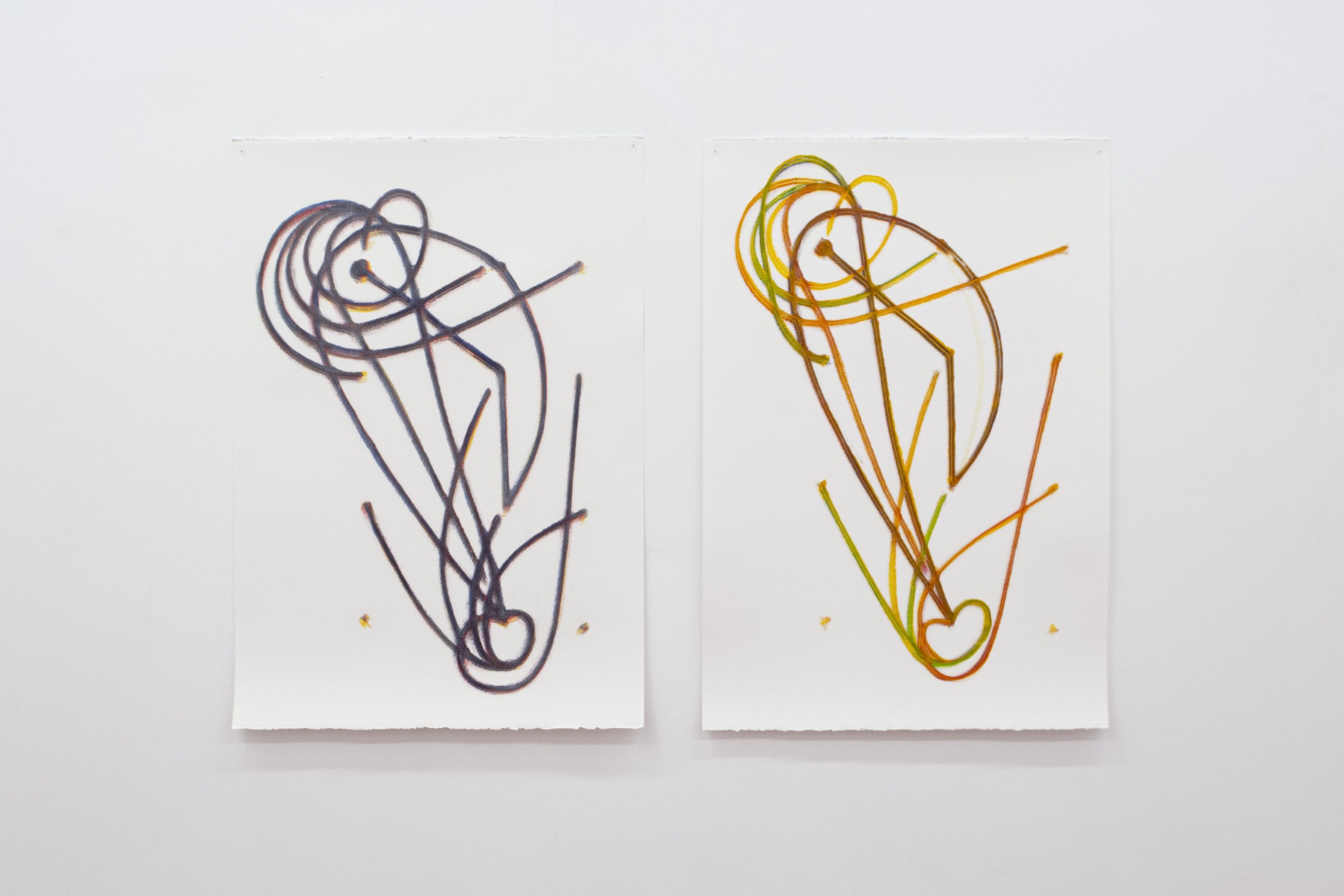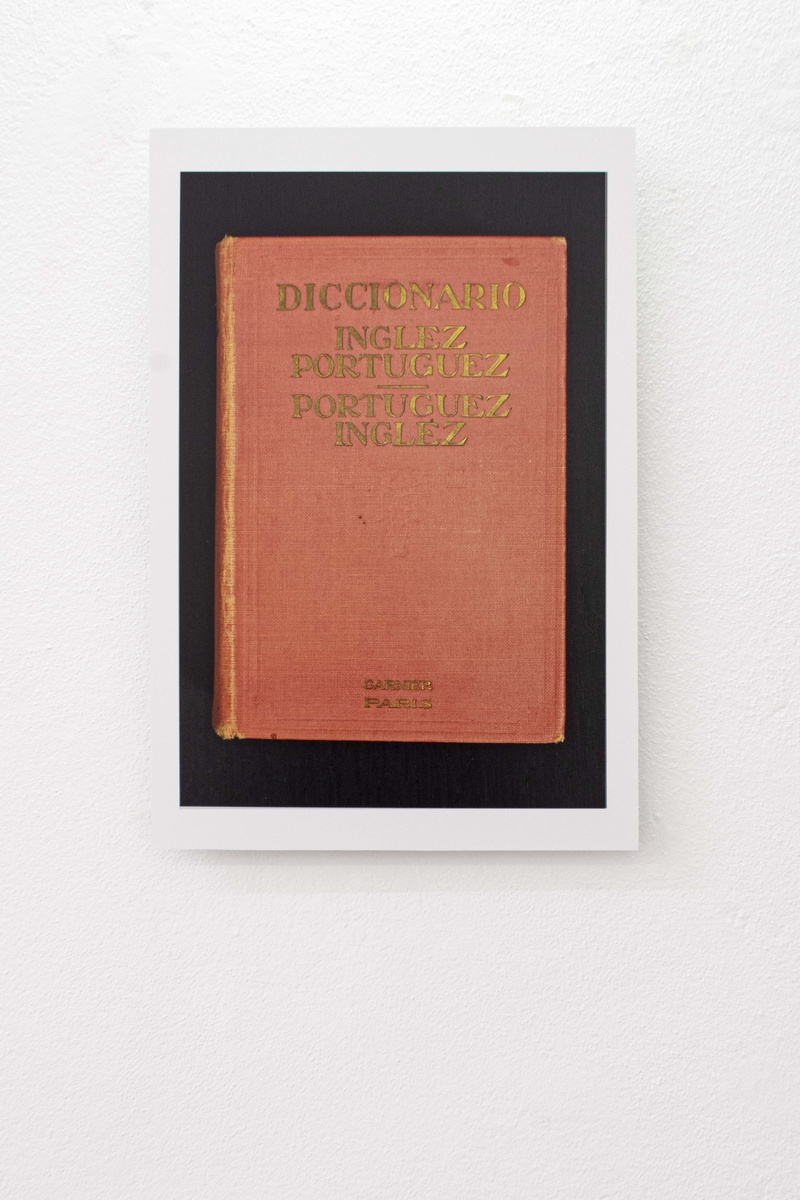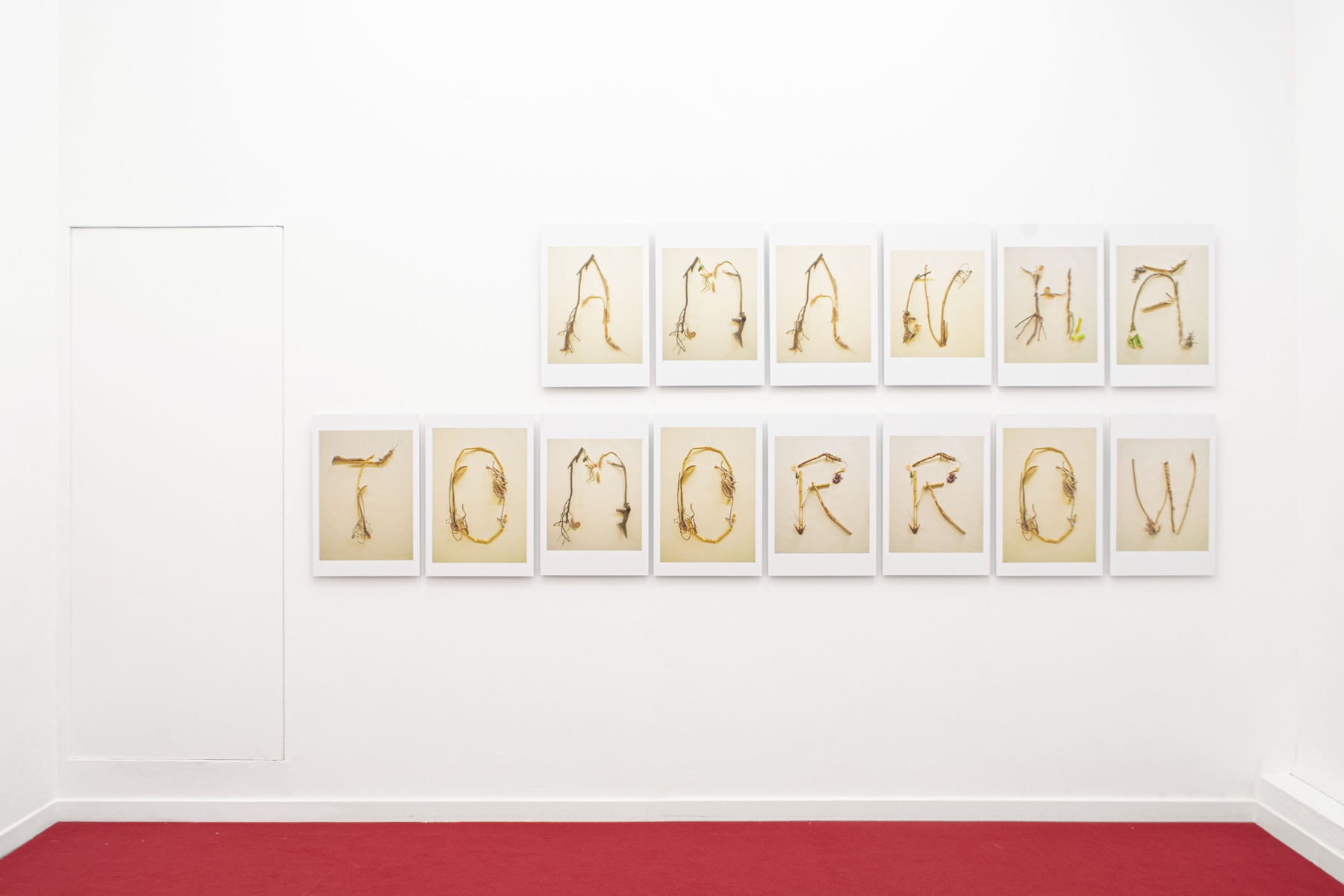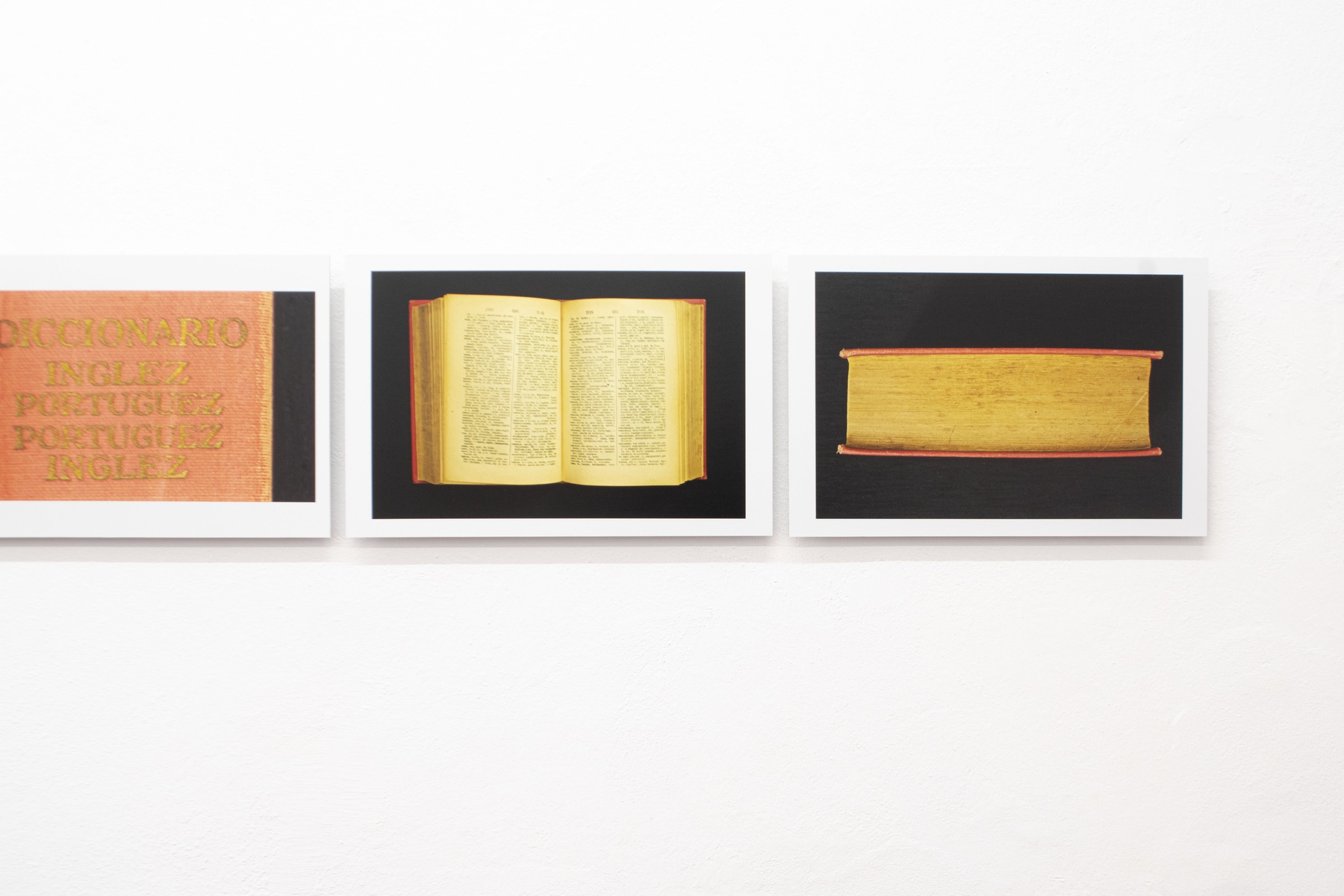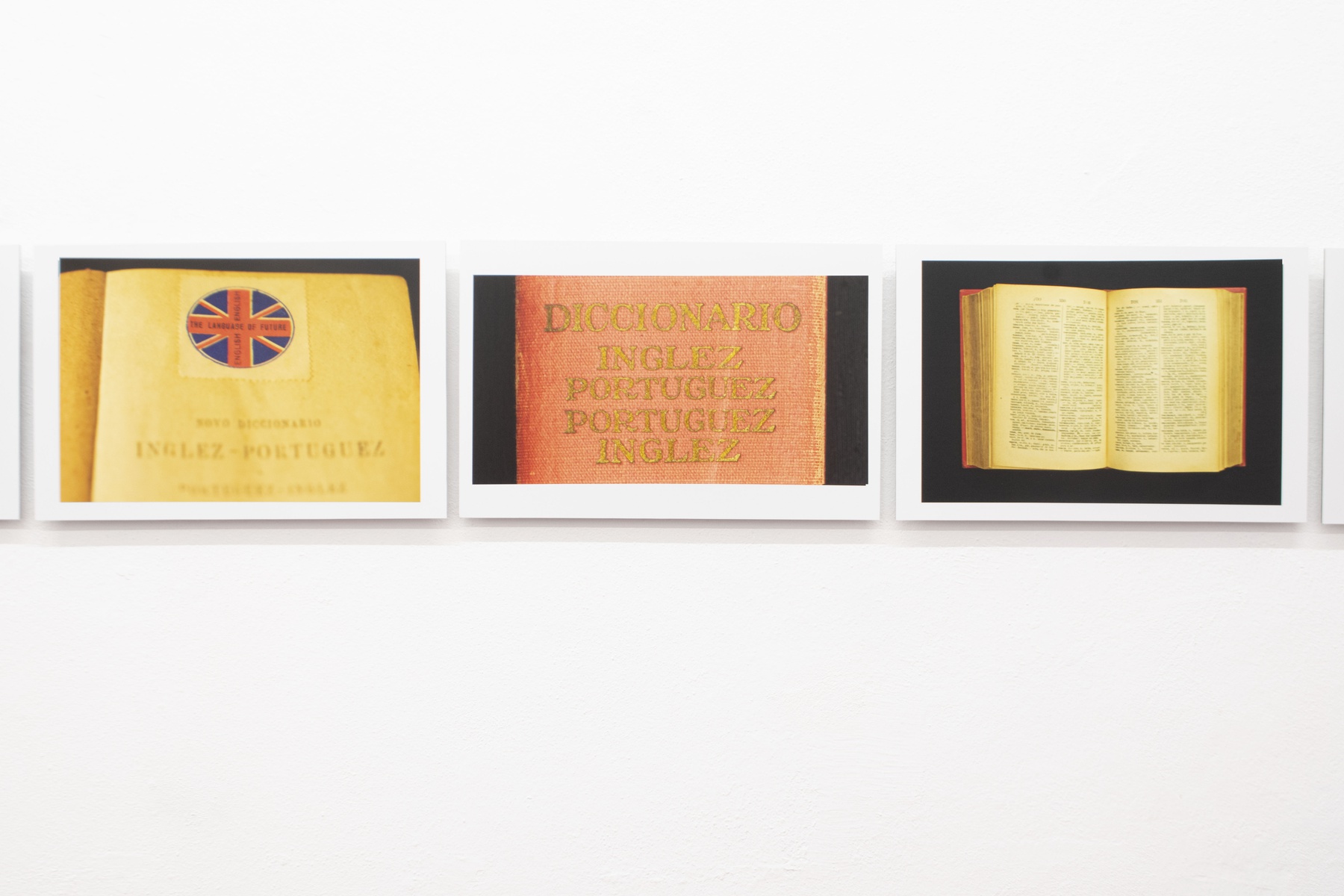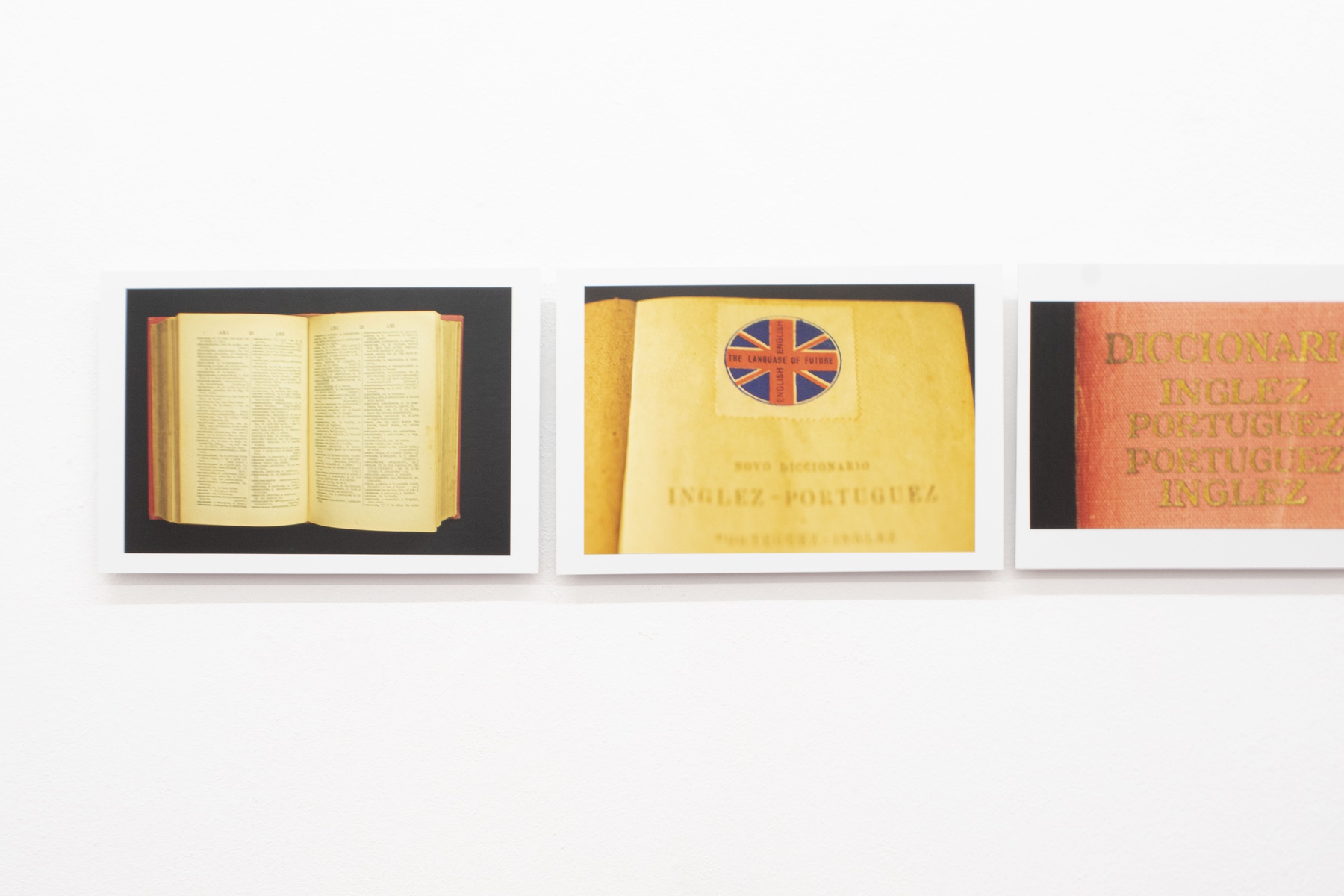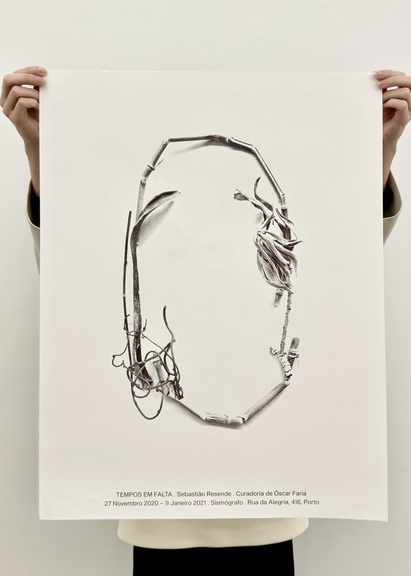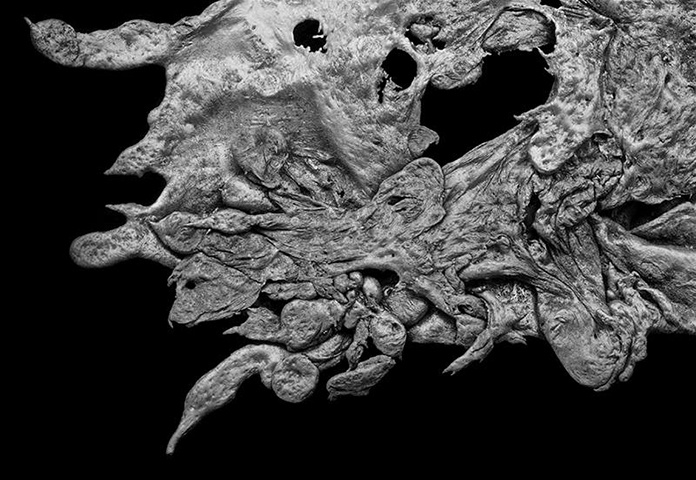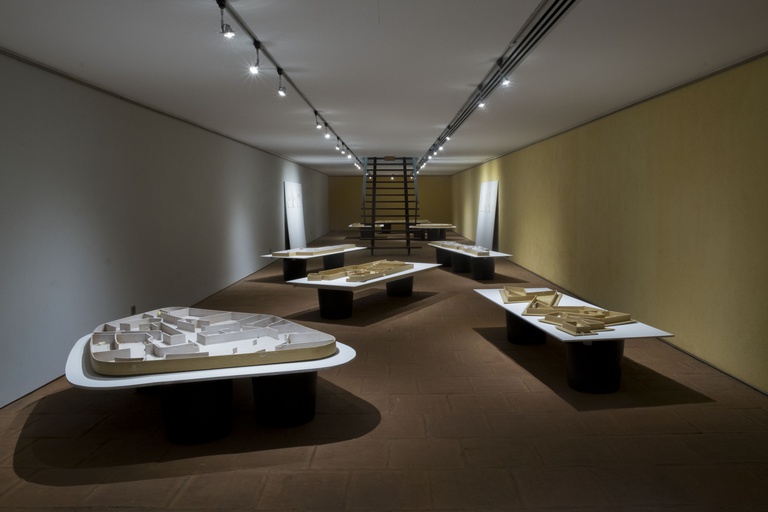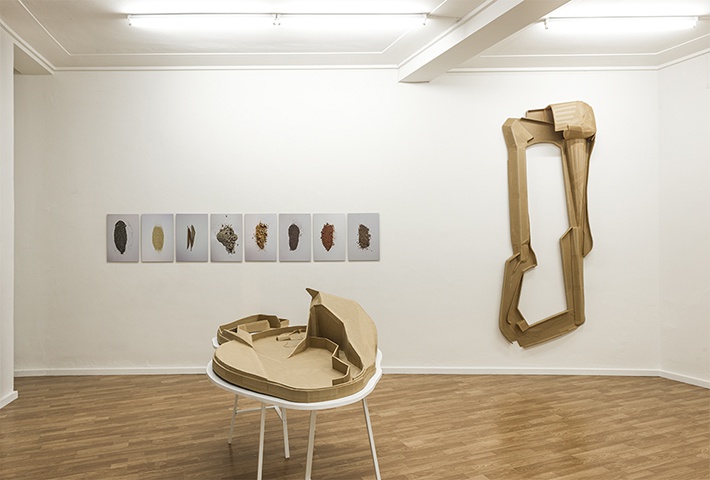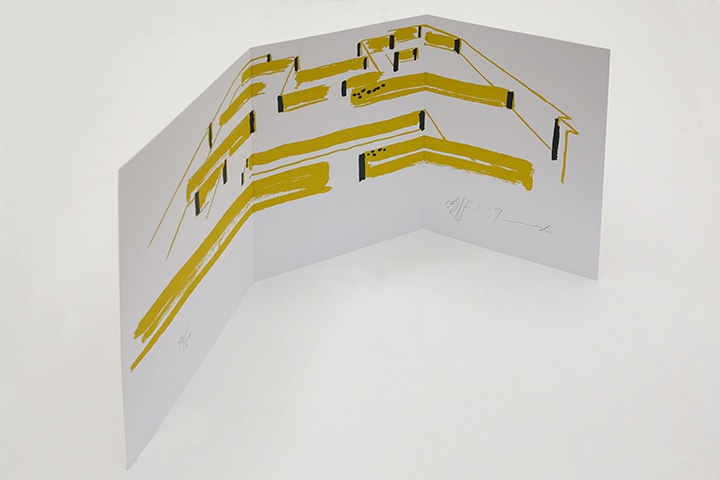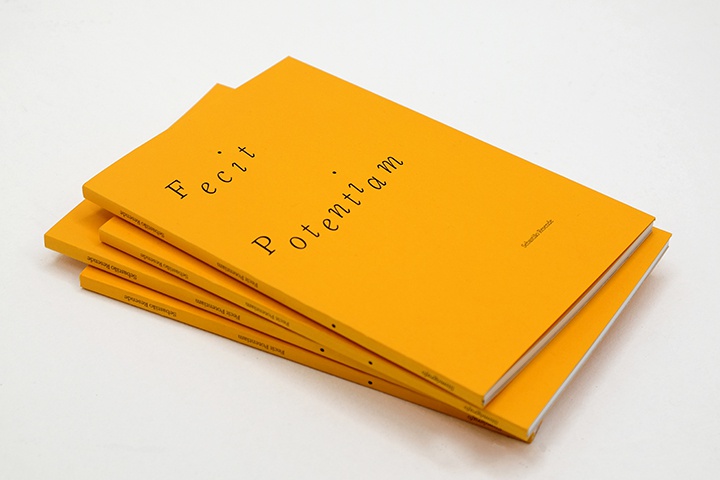Missing Times
Exhibition
27 Nov 2020 – 9 Jan 2021
Opening
Friday, 27 November 2020, 15:00
Free Admission
“… where time is not counted or measured.”
Óscar Faria
Sebastião Resende's third exhibition at Sismógrafo is about a time that is missing, a missing time, either for reasons of the reform of the calendar, in the 16th century, or for the strange omission of the word amanhã / tomorrow in a bilingual dictionary of the 20th century. Although the scope of both situations is different - the first case is the result of political-religious decisions, while the second is due to an enigmatic decision or undetected error during the printing process -, they meet in a strange way, for in this period of suspension of rights in which we live, this disappearance of the days before our eyes echoes in a kind of postponed future because it is also confined by the decisions of the present.
The artist thus proposes a reflection - a stop in time that art favors - about the ways in which both politics and the subject, indeterminate in the case of the dictionary, interfere in our lives. This invitation is made through the usual means of expression used by Sebastião Resende: sculpture, photography and drawing, and also a series of 10 paintings in which each of the days that disappeared from our calendar in October of the year 1582 is recovered, in the form of banners and according to a system of notation used by him previously.
It was not easy, in the 16th century, to implement a decision taken in the distant session of the council of Trent of 1562-63. Nearly twenty years passed before jumping directly from October 4, 1582 - date of the festivities dedicated to Saint Francis -, to the 15th of the same month. It was Gregory XIII who signed the papal bull by which Catholic countries were governed by the new calendar, since then being designated Gregorian - the change, the first with a global character, covering several continents, only reached some Protestant nations almost two centuries later, as is the case with Great Britain, which only adopted it in 1752.
Today, temporal changes run trades done at a speed that is indiscernible to humans and using what is called metadata. The opening and closing times of the stock exchanges can help to predict an economic cataclysm on the other side of the world, leading to decisions that cause crises with devastating consequences, as was the case of the 2007-2008 financial crisis, whose effects are still being felt. And time doesn't stop. It never stopped and so, unless proven otherwise, it will continue to demand our amazing will to overcome, which can take the form of a sculpture, a text, a song, acts of creation determined to fix the ephemerality of an existence.
In the last few days, I received a message on my mobile phone asking me to "update time zones", adding that this would happen when the device was restarted. I confess that I was somewhat puzzled, since the change to winter time had already happened several weeks ago. I thought: will they take days from us? And immediately I raised the opposite hypothesis: maybe, tomorrow, it is 2021 and we will wake up from this viral nightmare - and I was not only thinking about diseases, but also about so many other matters in which we have been entangled over the centuries: wars, climate change, prejudices, social inequalities, labor injustices, etc.
Therefore, I decided to make the required update and, while waiting for the end of the operation, the photograph that that day occupied the screen of the mobile phone draw my attention- every day a new image appears, an option made possible by the device itself. What caught my attention in that snapshot was the fact that it combined in a night vision, greenish, an immense starry sky and a kind of megalithic monument, from which one could only observe the outlines and the dark spot of its volumes, contrasting with the boreal background of the scene.
There, on the phone screen, the prehistoric past and the digital present seemed to promise that tomorrow that so many people lacked. However, if we think about it, there was also no future there. It was all an illusion, as I was not even able to access the image caption, nor did I understand whether it was a real or virtual scene, generated using a computer.
That was also the way to prepare this exhibition. For the first time, over more than twenty years that I have collaborated with the artist now living on the outskirts of Évora, I have not had the opportunity to see the works “live”. Everything was done with the use of the computer and mobile phone, with the exception of a summer lunch, during which we chose which body of work was most suitable for the Sismógrafo show. Then we exchanged emails, phone calls, images and ideas. And so, the idea of presenting works related to the idea of that missing time has become more consistent, a mirror of other situations now revealed using different objects.
In Sebastião Resende's exhibition, it is still manual skills that appear as a possible way out of the current situation. The artist, using scarce media - sticks and dry vegetation harvested in his garden - returns to the world the words taken from the dictionary: amanhã / tomorrow. And so, he also pays a discreet tribute to those who wanted to leave a secret message for those to come: the future does not exist. It is necessary to grab now the missing time. Lest the days go by waiting for answers that may never come. And someone / something will, in our turn, make a week, a month, a year disappear from our fragile lives.
In the two drawings of the exhibition, the artist crowds the ten days that have ceased to exist - without, in fact, disappearing. This compression on a sheet of paper seems aimed to be placed on a wall as a memorial of all times stolen from the human. There, all hours ask to be sculpted, as this will be the only way to be rescued from oblivion. It took ten years for Ulysses to return home. His journey continues to echo in our hearts, which also welcome Pessoa’s disquiet, written over twenty years.
And it is in this book, in these books, as Teresa Rita Lopes teaches us, that we can find the answer to the failure of days, the absence of tomorrow, the disappearance of a date in the calendar: “I traveled. It seems pointless to explain that I did not travel for months or days or for any quantity or any other measure of time. I did travel in time, that much is true, but not on this side of time, where we count in hours and days and months; I traveled on the other side of time, where time is not counted or measured. It passes, but one cannot measure it. It passes both more quickly than our time and not as quickly, nor as quickly as if counted in years.”
This is the time. The times. Missing times. With them, among their experience, either on this side or on the side of the immeasurable, the ethical question of the postponement of fundamental decisions for the survival of the planet arises. Things are delivered to their destiny – or rather, we put the future in the hands of irresponsible powers, which among various subjects generate metadata without being accountable to anyone and mortgaging democracies - new and decisive problems for our future, in addition to the old environmental issues. The air also becomes unbreathable and the diversity of flora and fauna decreases every single year. As we take life from Earth, life expectancy grows. A paradox that seems to have no end.
There is another side to time. This is the one we can't waste. The one we can´t let anyone take it away from us. Such is the time of art and of this exhibition, which tells us of this immeasurability that cannot be grabbed. This same show where, between the days that have disappeared and an omitted tomorrow, the desire to glean the residues of nature emerges in order to point out a colorful exit, made with all the words yet to be invented.
Exhibition
27 Nov 2020 – 9 Jan 2021
Opening
Friday, 27 November 2020, 15:00
Free Admission

